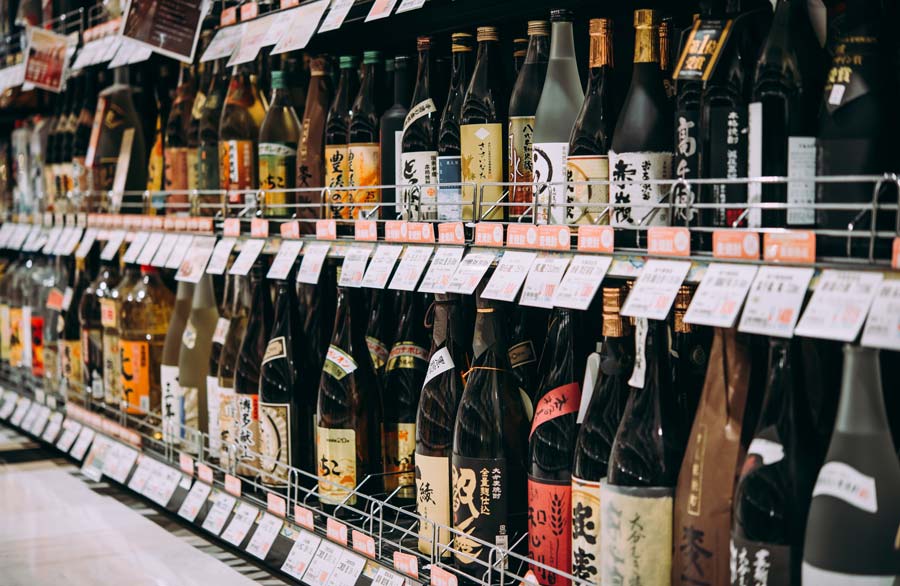Japan sits at the forefront of international Food & Beverage; industry leaders flock to the Japanese market as a profitable cornerstone for their products, while the regular flow of new brands serves to uplift and sustain local retailers. It’s easy to see why so many international businesses want to spread their wings to Japan – especially post COVID-19 – but the truth is that many launches end with their products sleeping at the bottom of the shelves.
How does this happen?
Cultural gaps between foreign and Japanese companies can create barriers to entry. Some of these differences include professional habits and communication issues caused by poor translation. However, the biggest challenge we see is from exporting companies struggling to understand the market and prepare with the right information, products, and marketing activities.
Here’s the solution
Ultimately, international companies must understand that they have to adapt to Japan’s market to find success, rather than waiting in vain for it to adapt for them. Unless you know Japan’s consumer preferences, winning product segments, and distribution structure, it can be tough to find lasting success. We don’t pretend to know everything – which is why we work so hard on understanding the market, and make the learning curve our most important KPI. It’s important for us to work when needed with partners and senior experts who help us dive into the market’s unique complexity.
In any case, the Japanese market is not a “black hole” – it’s just a market that works best for highly disciplined but flexible and resilient companies.
